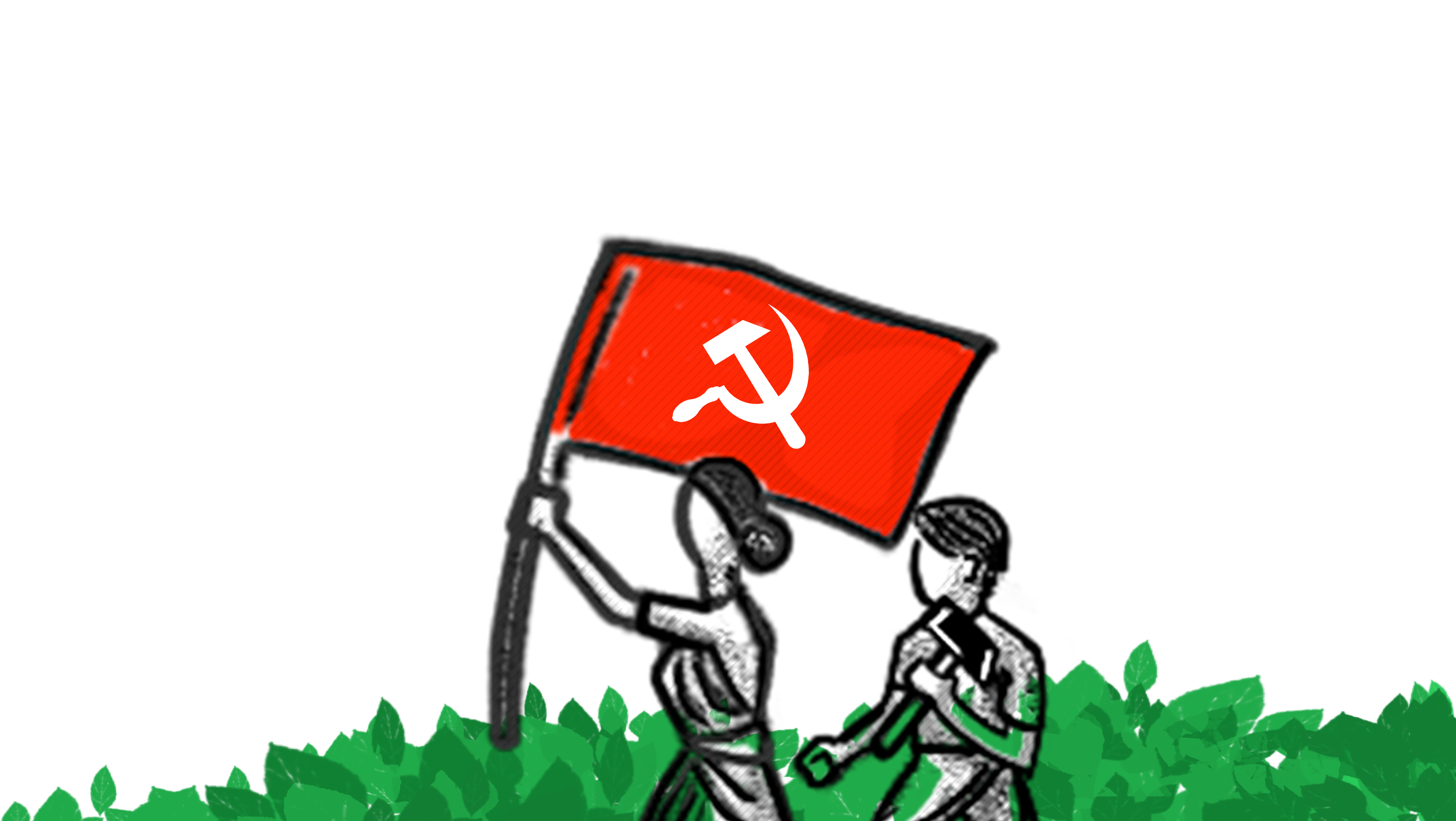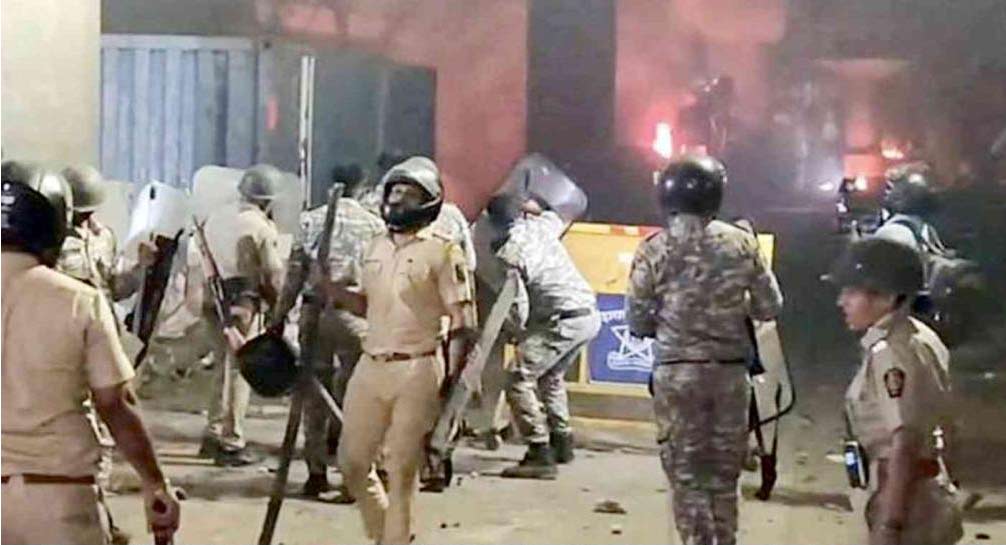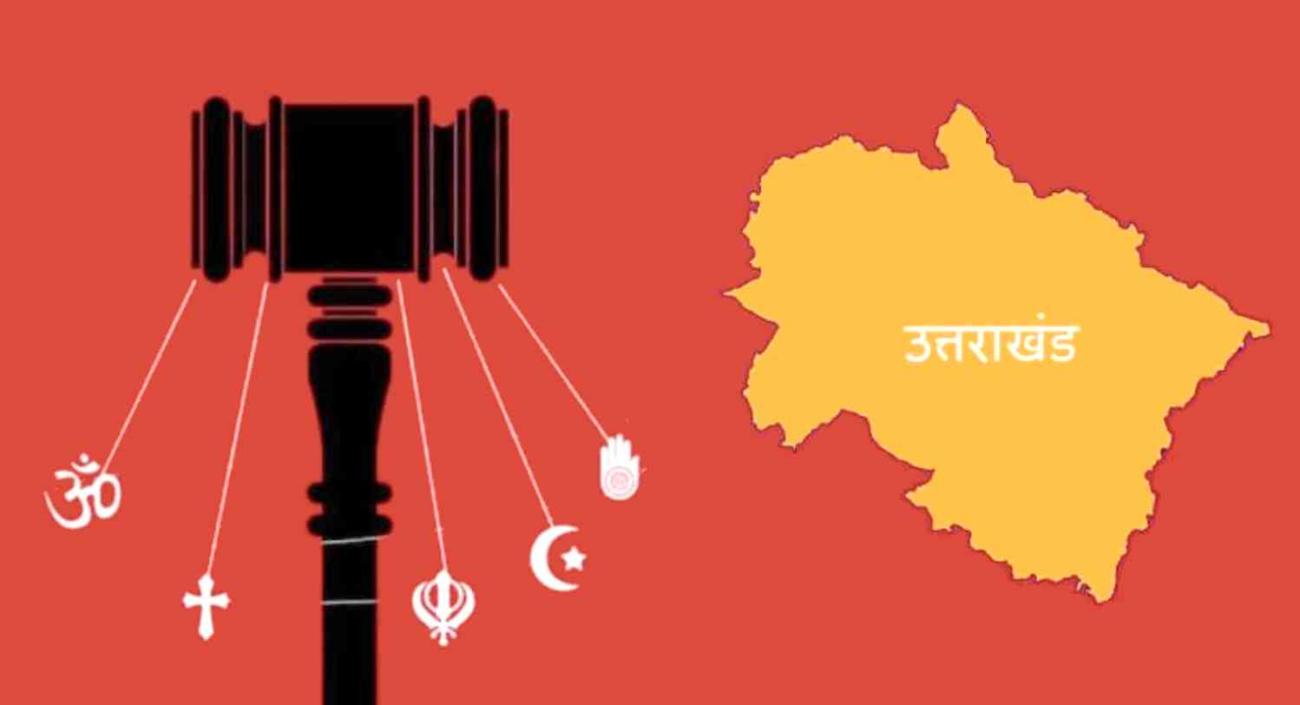The remark implies that it is unusual or surprising for a woman to be a strong leader of her country. The BJP is trying to defend the indefensible by suggesting that Modi only praised Hasina for overcoming the hurdles that patriarchy poses for women. To this, they also insinuate that the remark is justified because Bangladesh, by virtue of being a Muslim-majority country, is particularly oppressive to women. So they are compounding gender stereotypes with communal stereotypes.
The fact is that women in Bangladesh are not worse off compared to India. In the UN Gender Inequality Index, Bangladesh is ranked 12 places ahead of India, performing better on sex ratio, female infant mortality, female literacy, female labour force participation, and lowered fertility rates. In Bangladesh, as in India, work conditions in globalised factories are especially exploitative for women labourers. And in both countries, communal politics targets the freedoms of women, minorities and dissenting voices.
Modis remark was not a critique of patriarchy. He did not say despite facing gender discrimination. Nor did he say that women political leaders proved patriarchal stereotypes to be wrong. Instead, he invoked the patriarchal stereotype that strength and courage do not normally go with being a woman.
Another patriarchal aspect of Modis remark has received little attention. Modis idea of a zero tolerance approach to terrorism is a patriarchal one. He means that concerns for human rights and civil liberties in the war against terror must be mocked as effeminate, and torture and summary execution of terror suspects are the required macho, muscular attitude to tackling terrorism.
An instance of this approach came not long after Modis despite being a woman gaffe. The Modi Government has just denied permission to prosecute the Intelligence Bureau officers implicated in the fake encounter of Ishrat Jehan. Ishrat Jehan was a teenage girl killed by the Gujarat police when Modi was the Gujarat Chief Minister. She was branded in death as a terrorist killed in an encounter, and her killing was one of the instances invoked by Modi to showcase his own zero tolerance approach to terror. Another of many such instances was the fake encounter of Sohrabuddin Sheikh (also branded posthumously as a terrorist). In an election meeting in 2007, Modi justified this custodial killing openly, asking the crowd What should be done with the likes of Sohrabuddin, and eliciting the response, Kill him. The fact is that in order to claim Sohrabuddin was a terrorist, two witnesses to his killing his wife Kauser Bi and another eyewitness Tulsiram Prajapati were also killed in police custody. Modis zero tolerance for terror has actually meant tolerance and state patronage for politically motivated custodial killings of innocent civilians, including women like Ishrat Jehan and Kauser Bi.
Those who respond to Modis remark by reminding him of tough, draconian and jingoistic leaders like Indira Gandhi and Margaret Thatcher are also playing into the same patriarchal notion of political leadership. In 2005, VHP leader Giriraj Kishor, for instance, had praised Indira Gandhi by saying, She divided Pakistan into two. She was the only man in her cabinet. She acted like a He-Man.� Both Modis praise for Hasine and Giriraj Kishors praise for Indira Gandhi display the same sexism, that believes political leaders must be He-Men, and that a woman is a good leader only if she is manly.
This is hardly the first time Modi has made a sexist remark. In his election campaign, he repeatedly referred to his own He-Man like qualities, claiming that he had a 56-inch chest. This metaphor, too, equates leadership with toughness, and courage with manliness.
His taunts to political opponents also have displayed crude sexism (such as when he referred to Rahul Gandhi as the hybrid calf of a Jersey Cow and to Sunanda Pushkar Tharoor as 50 crore girlfriend). As Prime Minister also, he has displayed casual sexism when, in a speech promoting branding and packaging for small industries, he said, If a farmer sells mango, he gets a little money. If he makes pickles, he makes more money. And if that pickle is packed in a nice bottle, he gets much more. If he puts the bottle in the hands of a girl for advertisement, he will get still more money.�
Even worse, Modi used the states police and intelligence machinery as Gujarat Chief Minister, to conduct illegal surveillance on a young woman. His party has not denied the illegality of the surveillance; they have only defended the stalking on the grounds that the it was done to protect the young woman a claim that is not borne out by the transcripts of phone calls between the police and the then Gujarat Home Minister Amit Shah.
Modis sexism is of course no exception; Indian politics across parties is rife with examples of blatant misogyny. But it cannot be ignored that Modis own misogyny reflects the ideology of the RSS, to which he owes his political and ideological grooming. The RSS is a militarized, majoritarian political outfit which has no women members. While the RSS name means National Volunteer Corps, its womens wing is called Women Servants of the Nation. The contrast between the male Swayamsevak (volunteer), and the female Sevika (servant) is telling.
The RSS today, emboldened by Modi in power, has intensified its campaign to impose dress and moral codes on women in the name of Indian culture, especially its offensive against love marriages and inter-caste, inter-community marriages. The Prime Minister maintains a silence this aggressive campaign against womens autonomy.
Modis misogynist remark about the Bangladeshi Prime Minister is not a stray one that can be taken lightly. It is a symptom of the sexism that is dictating policies towards women in the Modi Government. What offers hope is that such sexism and misogyny are being met with vigorous resistance by women and common people in India.





